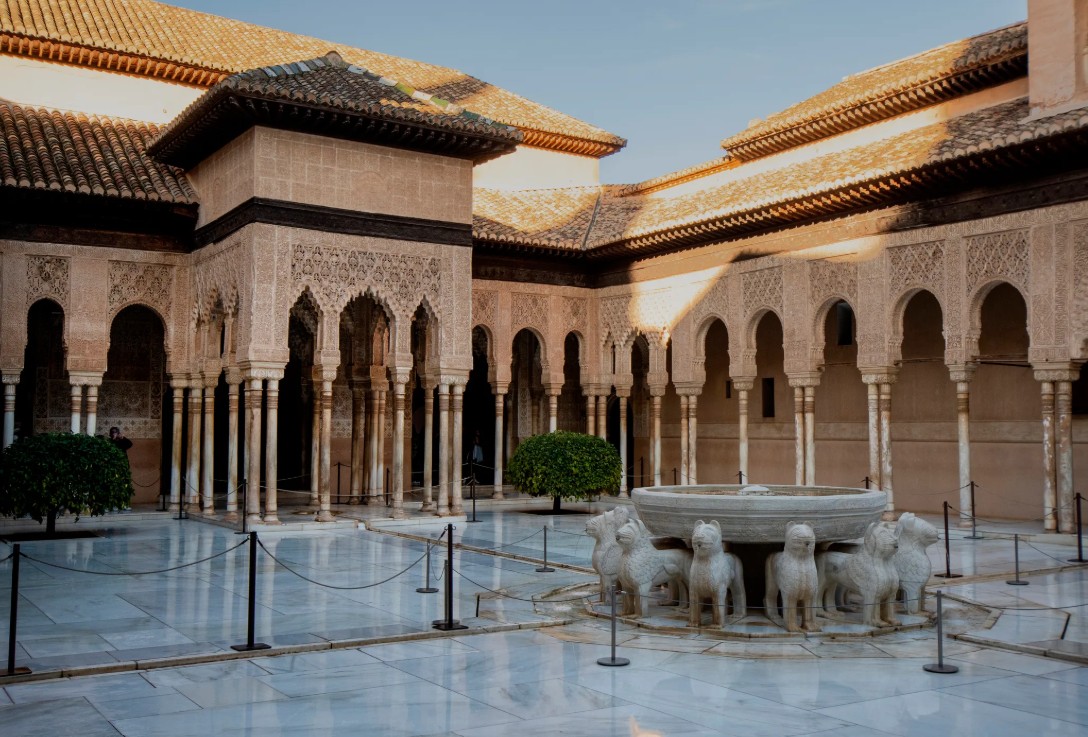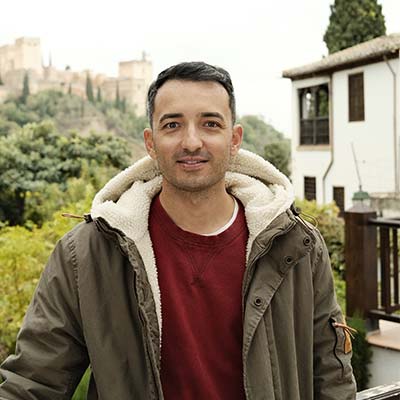Things to do in Andalucia, Spain — from Seville’s landmarks to Granada’s Alhambra and Córdoba’s Mosque–Cathedral. As locals, we share insider tips and genuine insights you won’t find in any guidebook.
Whether you’re travelling solo, with family, kids, or friends — or simply looking for inspiration — this post will help you discover the top things to do in Andalusia. And if you need any extra tips or personalised recommendations, feel free to get in touch!
Table of Contents
Brief historical context
A Southern Spain trip is a journey through a region shaped by powerful empires: the Romans, the Arabs, and finally, the Christian kings who flourished on the riches of the New World and whose tombs lie in Granada’s Royal Chapel.
In Andalusia, it is not unusual to see a crumbling Roman Theatre incorporated into the wall of an Arab fortress, both standing in the shadow of an immense Gothic cathedral. It is one of the most culturally and historically striking regions in all of Europe.
And then, there are the incredibly picturesque Andalusian white villages, the charismatic Iberian lynx, and beautiful mountains and sparkling coastlines.
To help you discover the best things you can’t miss, Andalusia Travel Tour has put together this guide to the region’s must-see attractions.
Visit the Alhambra: The Best Things to Do in Andalucia, Spain
No trip to Granada is complete without a visit to the Alhambra, one of the world’s greatest buildings. An impossibly atmospheric mash-up of European and Islamic architectural styles, the palace was expanded and added to between the 13th and 17th centuries by successive Christian and Moorish rulers, who bestowed it with stately pleasure gardens, tinkling fountains, latticed archways and ornate ceilings. Booking a ticketed slot online far in advance is essential. Here you will find a free guide on how to book your Alhambra tickets; we also recommend checking out our video summarising 4 tips for visiting the Alhambra. Also, if you have additional questions, such as an Alhambra guided tour, reach out to us!
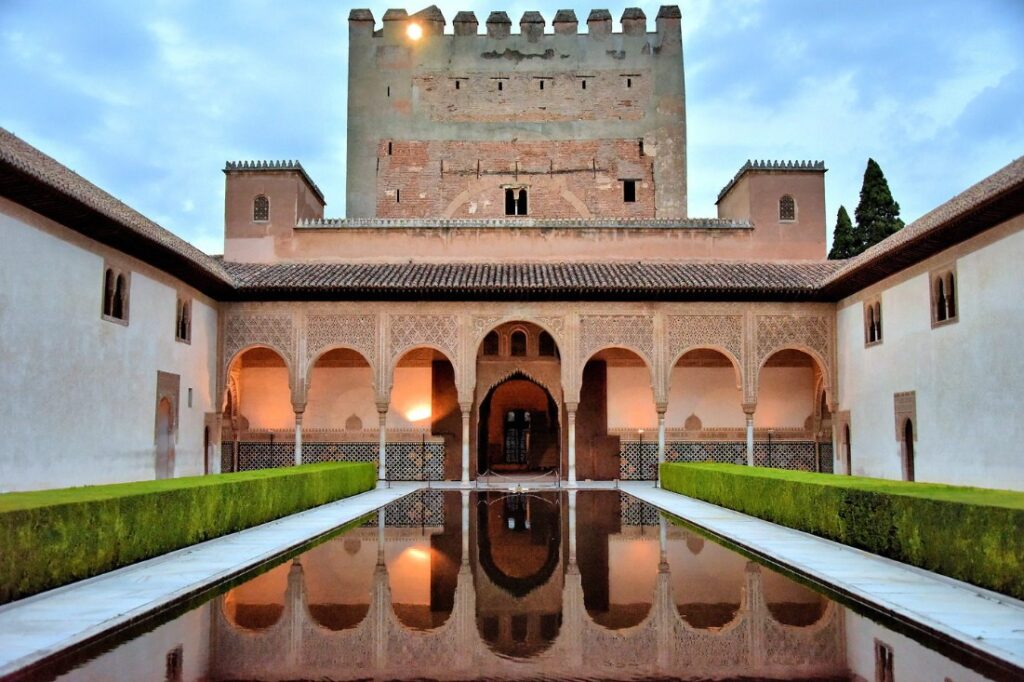
Seville’s Real Alcazar
The original nucleus of the Alcázar was constructed in the 10th century as the palace of the Moslem governor, and is used even today as the Spanish royal family’s residence in this city, thereby retaining the same purpose for which it was originally intended: as a residence of monarchs and heads of state. Built and rebuilt from the early Middle Ages right up to our times, it consists of a group of palatial buildings and extensive gardens. The Alcázar embraces a rare compendium of cultures where areas of the original Almohad palace – such as the “Patio del Yeso” or the “Jardines del Crucero” – coexist with the Palacio de Pedro I representing Spanish Mudejar art, together with other constructions displaying every cultural style from the Renaissance to the Neoclassical.
The site’s extensive gardens were famously featured in the TV series “Game of Thrones.” Take a guided tour to fully appreciate the rich history and stunning artistry of this UNESCO World Heritage site.
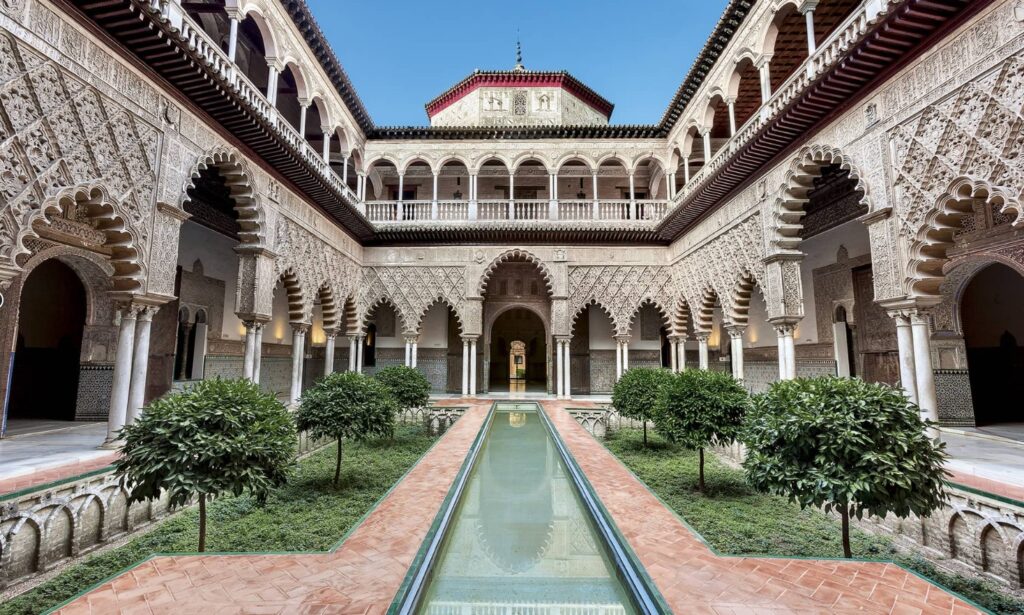
Visit the Mosque-Cathedral in Cordoba
Cordoba’s period of greatest glory began in the 8th century after the Moorish conquest, when some 300 mosques and innumerable palaces and public buildings were built to rival the splendours of Constantinople, Damascus and Baghdad. In the 13th century, under Ferdinand III, the Saint, Cordoba’s Great Mosque was turned into a cathedral and new defensive structures, particularly the Alcázar de los Reyes Cristianos and the Torre Fortaleza de la Calahorra, were erected.
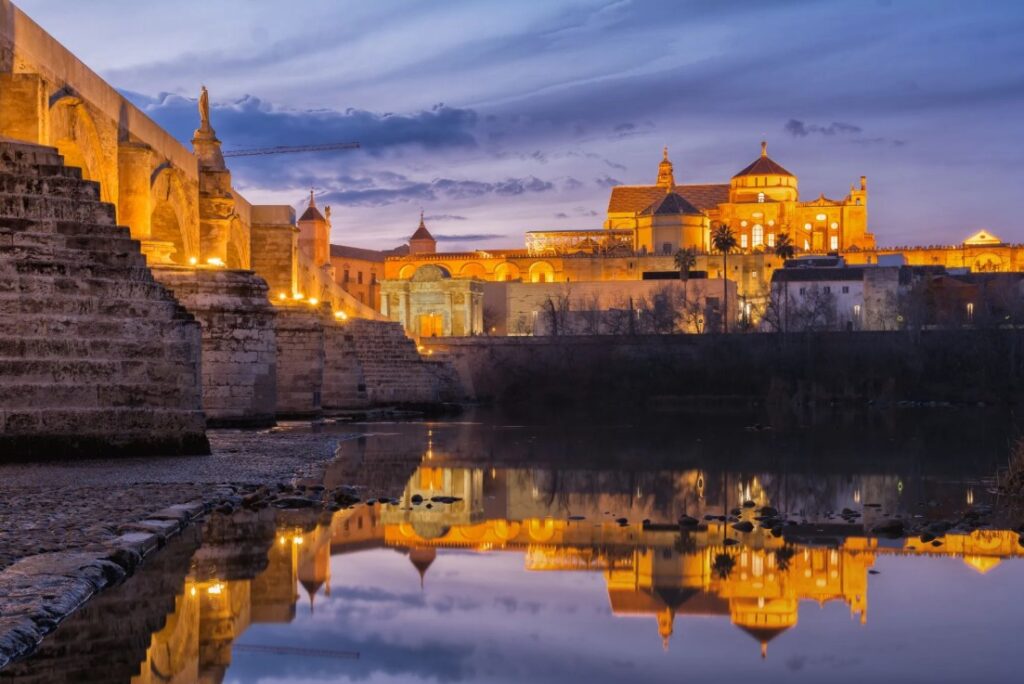
Visit Seville’s Cathedral and the Giralda – One of the Best Things to Do in Andalucia, Spain
Founded in 1403 on the site of a former mosque, the Cathedral, built in Gothic and Renaissance style, covers seven centuries of history. With its five naves it is the largest Gothic building in Europe. Its bell tower, the Giralda, was the former minaret of the mosque, a masterpiece of Almohad architecture and now is important example of the cultural syncretism thanks to the top section of the tower, designed in the Renaissance period by Hernán Ruiz. Its “chapter house” is the first known example of the use of the elliptical floor plan in the western world. Ever since its creation, the Cathedral has continued to be used for religious purposes.
The Giralda, originally a minaret, now serves as the cathedral’s bell tower and offers stunning views over the city. The cathedral also houses the tomb of Christopher Columbus.
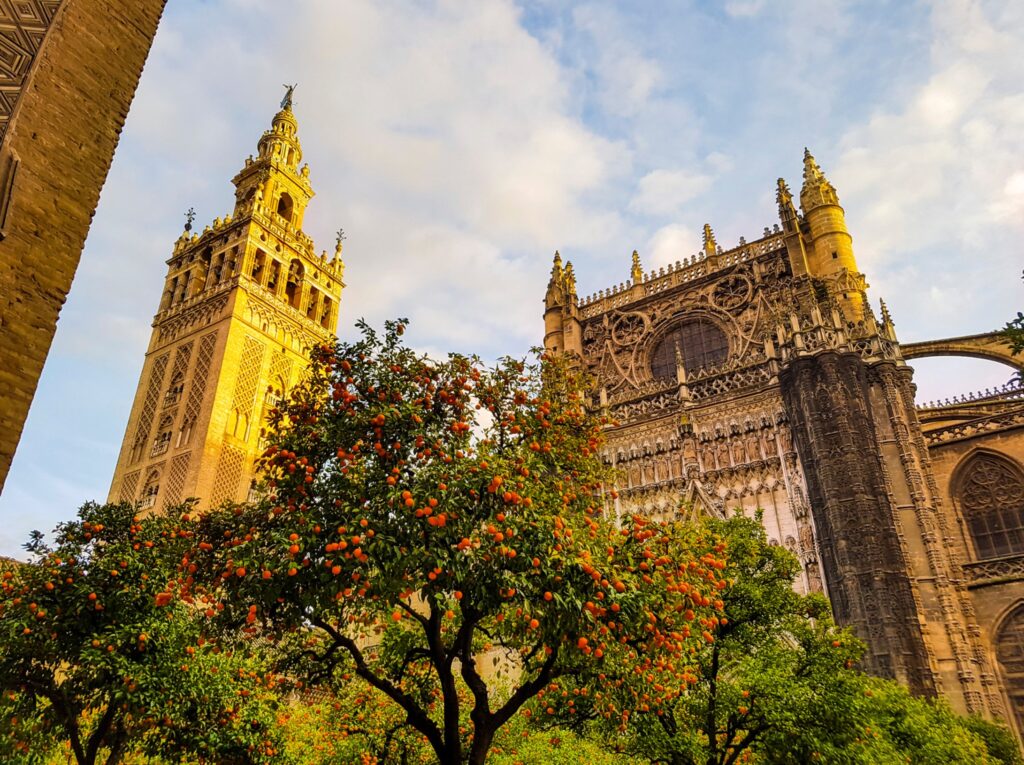
Picasso Museum in Malaga
Malaga, the birthplace of Pablo Picasso, is home to the Museo Picasso Malaga. This unmissable museum is a must for any Andalusian Tour and provides a solid overview of the great master’s work, housed in the stunning Buenavista Palace. The collection spans Picasso’s entire career, offering insights into his development as an artist. This museum is a must-visit for art lovers and those interested in modern art. We do run a Picassian private tour, which also includes a stop at Picasso’s house.
When it comes to things to do in Andalucia with kids, the Picasso Museum in Malaga is a fantastic choice. The museum offers interactive workshops and creative family-friendly activities that bring Picasso’s art to life. Children can discover his playful imagination while exploring colourful galleries, making it an inspiring and educational stop for families travelling through southern Spain.
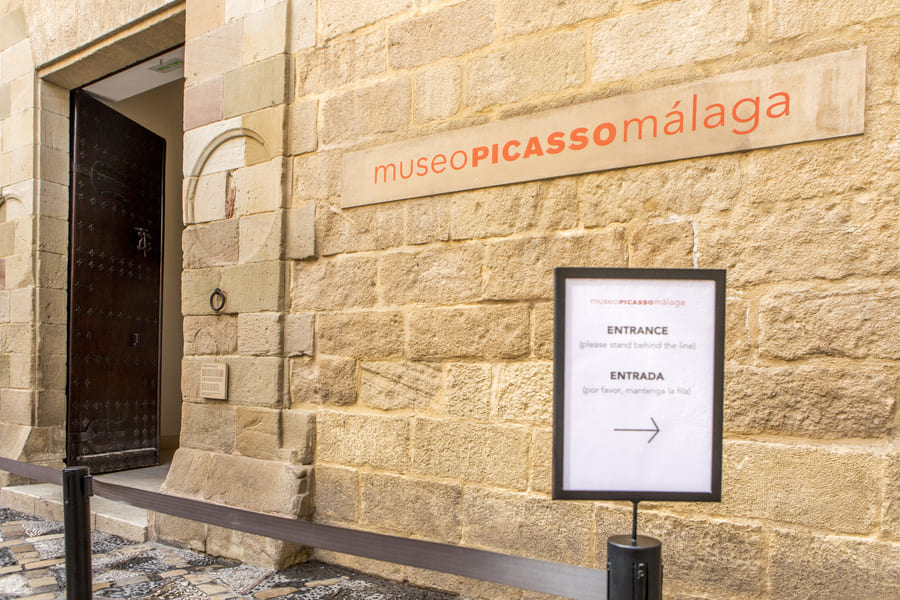
Visit the Nerja Caves – Things to Do in Andalucia with kids
Ever since their discovery in 1959 by a group of locals, the Nerja Caves have been a source of fascination for tourists and geologists alike. Around a third of the discovered caverns are open to the public, while the rest remain closed due to difficult access or for ongoing scientific research.
Recent discoveries, however, suggest the caves are even more important than previously thought. Analysis indicates some paintings found within could be up to 43,000 years old—likely the work of Neanderthals rather than Homo sapiens, as was previously believed.
The Nerja Caves are also home to the world’s largest stalagmite, measuring an impressive 32 meters (105 ft) tall and 13 by 7 meters at its base. Our only caveat: be ready to climb plenty of stairs!
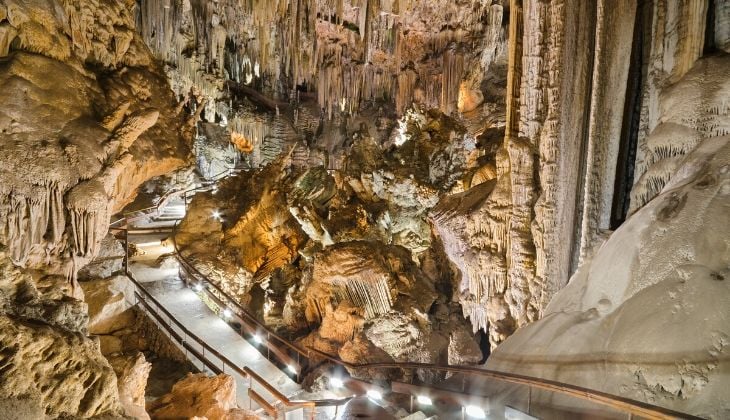
Albaicin and San Nicolas Viewpoint – Best Things to Do in Andalucia, Spain
The barrio Albaicín is the Medieval heart of Granada. This UNESCO World Heritage neighbourhood dates back to the 13th Century when Granada was under the Nasrid rule. Like all medieval townships, it has winding cobblestone streets and narrow city blocks. “Medieval urban sprawl”, some scholars call such towns.
While walking through Albaícin, we ended up in various hidden courtyards, sheltered by residential buildings. I was quick to conclude that the courtyards were there because of the barrio’s Islamic history.
In San Nicolas viewpoint you will get your first majestic view of Alhambra, one of the jewels of Andalusia! The garden fortress stretched out before us in an incredible panorama, arising out of the lush green Mediterranean forest around it. In the distance, the dark blue shapes of the mountains of Southern Spain rose over the horizon.
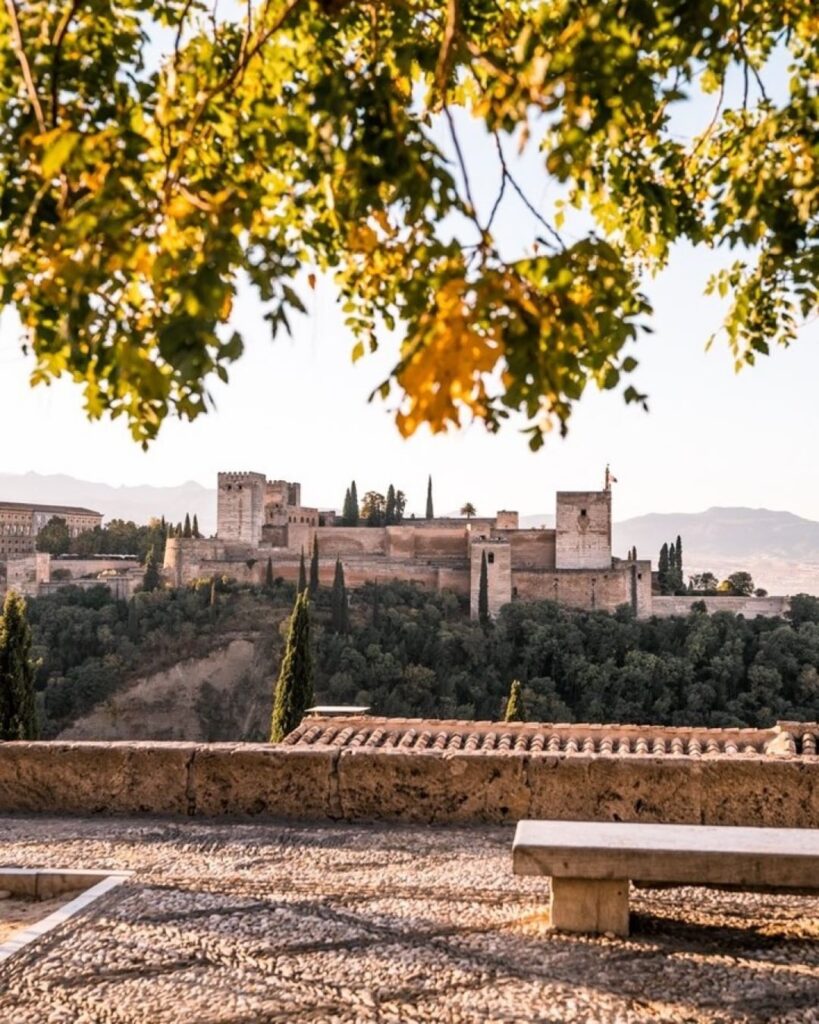
Hike El Caminito del Rey
For adventure seekers, El Caminito del Rey offers a thrilling experience. This scenic trail, which translates to “The King’s Little Pathway,” winds through the heart of Andalucia and offers stunning views of the surrounding landscapes. The path, originally built for workers at the hydroelectric plants in the early 20th century, has been restored and is now a popular attraction for those seeking both adventure and natural beauty. The trail includes guided tours that illuminate the area’s history and geological significance. Trek Caminito del Rey (duration 3h, distance 7- 8 km). The route is spectacular from beginning to end.
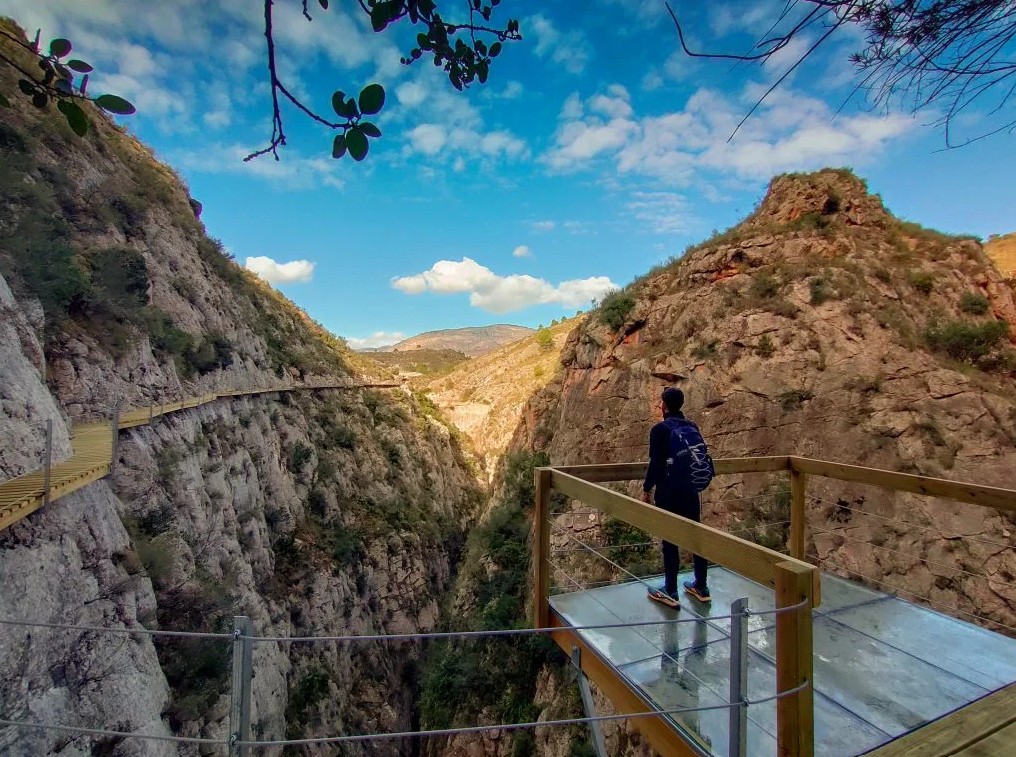
Parque de Maria Luisa in Seville – Things to Do in Andalucia with kids
A glorious oasis of green, the 34-hectare Parque de Maria Luisa is the perfect place to escape the noise and heat of the city. The park features duck ponds, landscaped gardens, and the magnificent Plaza de España, a blend of Renaissance and Moorish revival styles. It’s a perfect spot for a picnic, a stroll, or simply to relax and enjoy the beauty of nature. We tend to combine the visit to the María Luisa Park with Seville’s historic city center and the Alcazar, it cannot get better than this. Remember to reach out if you have questions or need help to plan your trip to Spain.
When it comes to things to do in Andalucia with kids, Seville’s María Luisa Park is one of the most enjoyable places to visit. Children can explore its shaded paths, feed the ducks, or rent a family bike to ride around the Plaza de España. With its open spaces, fountains, and lively atmosphere, it’s a perfect spot for families to relax and spend quality time outdoors.
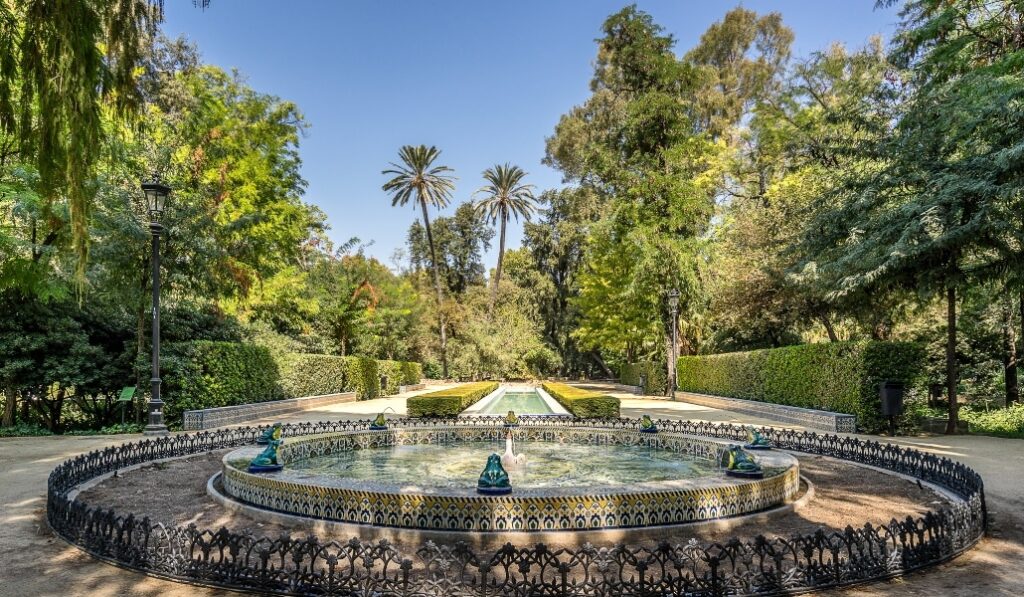
Visit Granada’s Royal Chapel
The Capilla Real, or Royal Chapel, in Granada, is the final resting place of Spain’s Reyes Catolicos (Catholic Monarchs), Isabel I de Castilla and Fernando II de Aragón. The king and queen who reconquered Spain and sent Christopher Columbus to the New World are buried together in the Royal Chapel of the Cathedral of Santa María de la Encarnación. Here, one of many Catholic sanctuaries that sprouted up during the couple’s reign, a gloomy mood of gothic romance prevails around their sculpted tombs.
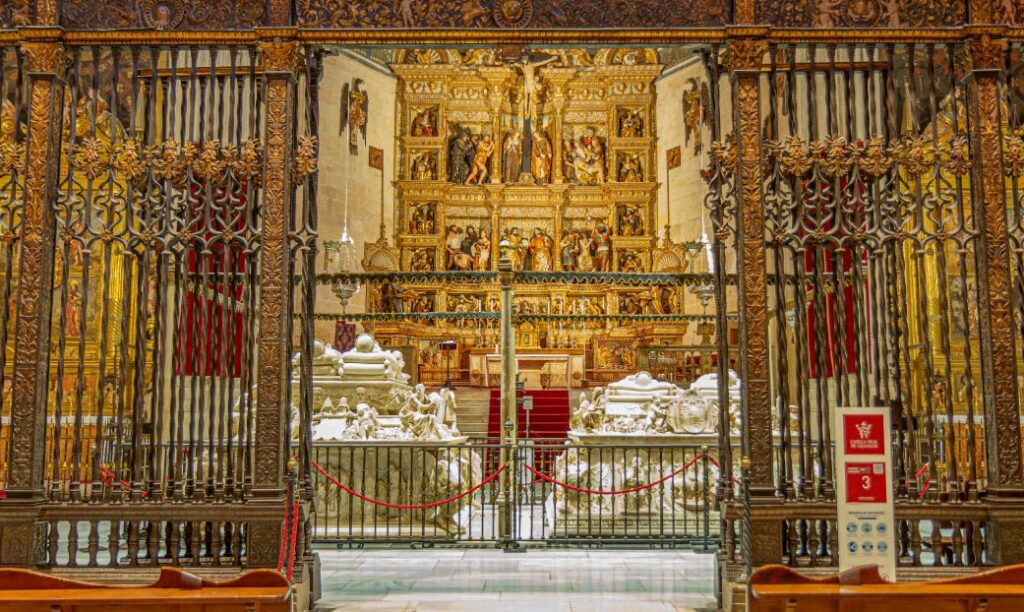
The Alcazaba of Malaga as one of Best Things to Do in Andalucia with kids
Málaga’s Phoenician, Roman, and Moorish history is also on display throughout the city. Take a five-minute walk from the Museo Picasso, through the ancient 220-seat Teatro Romano amphitheater, and then up to the immaculately well-preserved Alcazaba, a sprawling Moorish military fortress.
The Alcazaba, a historic fortress in Malaga, offers a fascinating glimpse into Moorish architecture and history. Perched on a hill, this palatial fortification provides panoramic views of the city and the Mediterranean Sea. Visitors can explore its well-preserved walls, gardens, and courtyards, and learn about its historical significance as a military and residential complex during the Moorish rule in Andalusia. Contact us to know more about it.
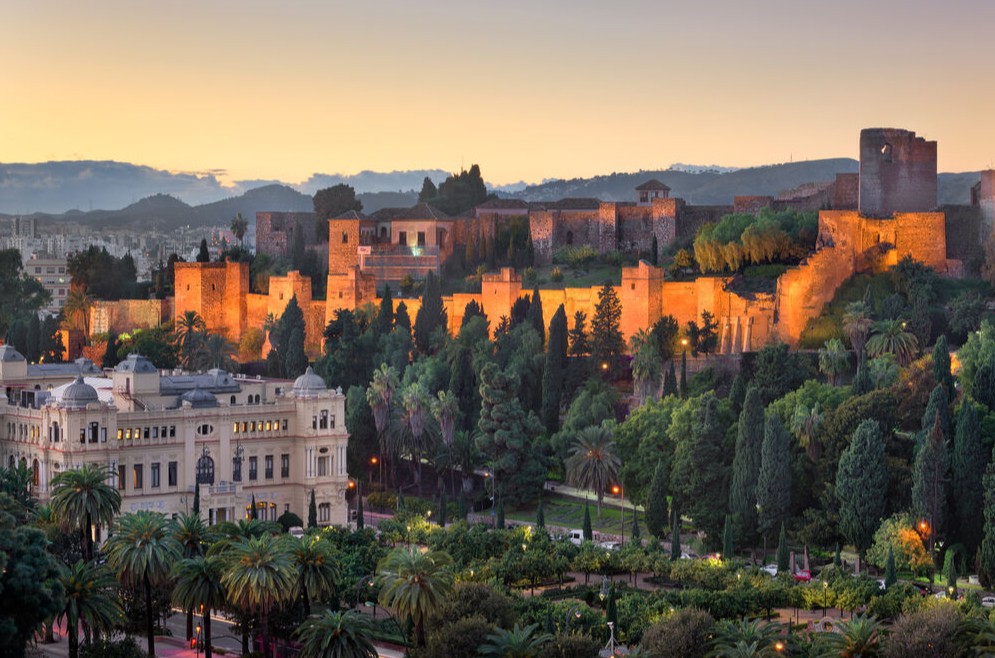
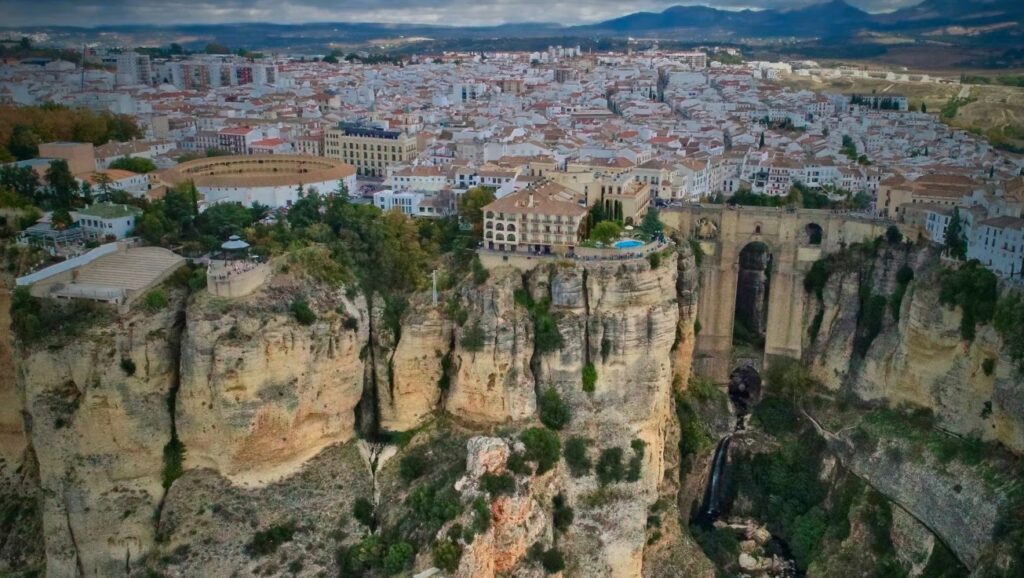
Explore Ronda and Setenil
Ronda and Setenil de las Bodegas are two of Andalusia’s most picturesque white villages. Ronda, famous for its dramatic El Tajo gorge and the Puente Nuevo bridge, stands out for its historical significance and unique landscape, while Setenil de las Bodegas is one of Spain’s most unusual villages, with houses built directly under and into the rock overhangs of a canyon. They may not be as renowned as Seville or Granada, but our clients often request to visit them. The area also boasts excellent olive oil mills such as La Organic and wineries like Bodega F. Schatz, both well worth a visit.
Visit Cadiz, Puerto de Santa Maria, and their Bodegas
Cádiz, one of the oldest cities in Europe, is almost an island. Beyond its fascinating history, it’s one of our favourite places in Andalusia for its people, who have a unique character that’s difficult to explain in words (it’s best to ask a Spaniard about this). The city also boasts beautiful beaches, blessed by both the Mediterranean and the Atlantic — and you can truly notice the striking difference between the two. Nearby, El Puerto de Santa María is renowned for its sherry bodegas. We have personally visited many of these wineries to learn about the sherry-making process and enjoy tastings — an experience we consider an absolute must.
As a side note, the Casa de Araníbar in El Puerto is also well worth a visit. This historic “casa de cargadores a Indias” — a distinctive type of merchant’s mansion linked to Spain’s trade with the Americas — is the oldest of its kind still standing, built in 1680. It offers a fascinating insight into the city’s role during the Modern Age, when El Puerto became one of the main ports for commerce with the New World. The house tells the story of a city that attracted wealthy merchants and nobles from afar — Navarrese, Basques, Italians, Irish, Flemish — who settled here and helped shape its history.
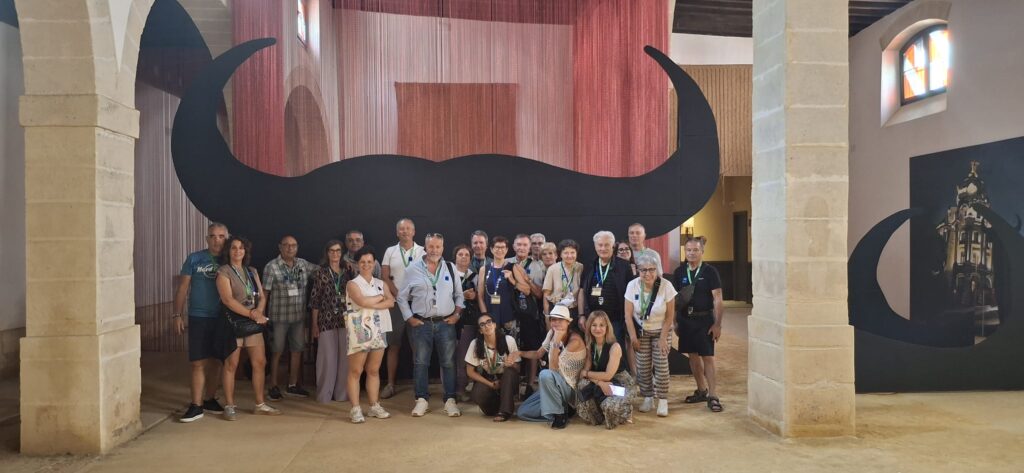
Experience Flamenco in the Sacromonte Caves, Granada
For an authentic flamenco experience, head to the Sacromonte caves in Granada. Perched on a hillside overlooking the Alhambra, this neighbourhood is famous for its cave dwellings and vibrant flamenco culture. Sacromonte is considered one of the birthplaces of flamenco in Spain. After the conquest of Granada in 1492, the Moriscos were forced to leave the city walls and settled here, where they mingled with the Roma people — a nomadic community moving south as the Catholic Monarchs advanced their campaign. From that moment on, both cultures coexisted and intermingled, united by the fact that they were marginalised by mainstream society.
By the 18th and 19th centuries, when Romantic-era writers arrived in Granada, the zambra and flamenco had emerged as powerful artistic expressions admired around the world. This recognition helped transform flamenco from an intimate Gitano (Spanish Gypsy) folk tradition into a formal musical style. It was during this period that the Sacromonte flamenco caves gained fame. Travellers came in search of what they saw as the purest expression of Gitano culture — and this is why Romantic artists so often depicted Andalusians in flamenco dress. Local Gypsy families would wait at the cave entrances, ready to perform for visitors. The first family to greet a traveller would be the first to dance — and to earn payment for the show. Always dressed in their performance costumes, they unwittingly created a lasting image that still shapes how Andalusians are imagined today.
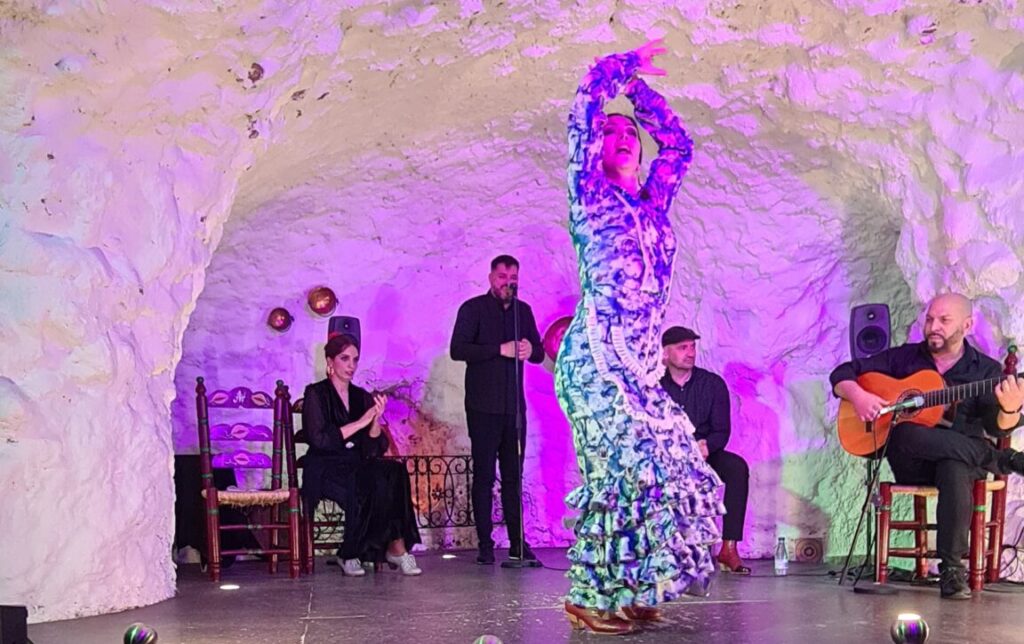
Explore Seville’s Plaza de España
It was built for the Ibero-American Exposition of 1929, hosted in Seville. The architect, Aníbal González, combined a style inspired by the Renaissance with elements typical of the city: exposed brick, ceramic tiles, and wrought iron work by Domingo Prida. The building has a semicircular layout and is framed by two towers, one on each side, which enclose the central structure housing the main rooms. Between the two towers runs a series of arcaded galleries with semicircular arches, opening onto different areas of the square, where a fountain stands at the centre.
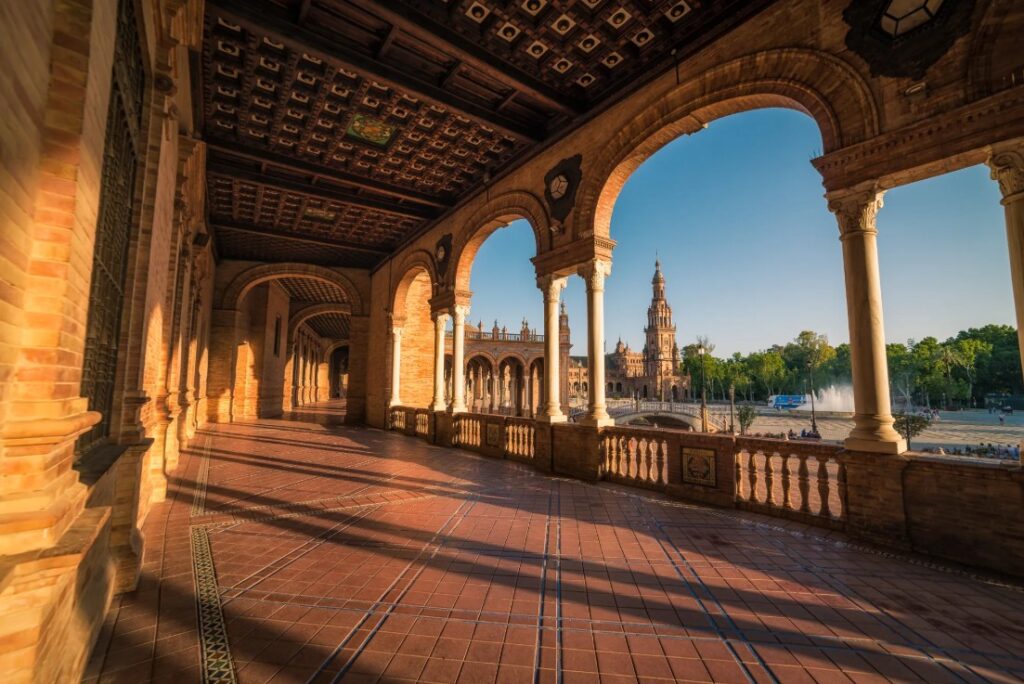
Our final thoughts – Things to do in Andalucia, Spain
To sum up, this post highlights the top 15 monuments you simply can’t miss in southern Spain. The region offers a rich mix of cultural experiences, historical landmarks, and natural beauty. Of course, we’re a little biased — we were born and raised here — but isn’t it obvious that southern Spain has so much to offer? At ATT Andalusia Travel Tour, local official guides lead our unique, high-quality tours. We give personalised attention, share authentic local experiences, and actively promote sustainable tourism that benefits local communities. If you’re considering a trip to the south of Spain, take a look at our services or contact us directly for more information.

